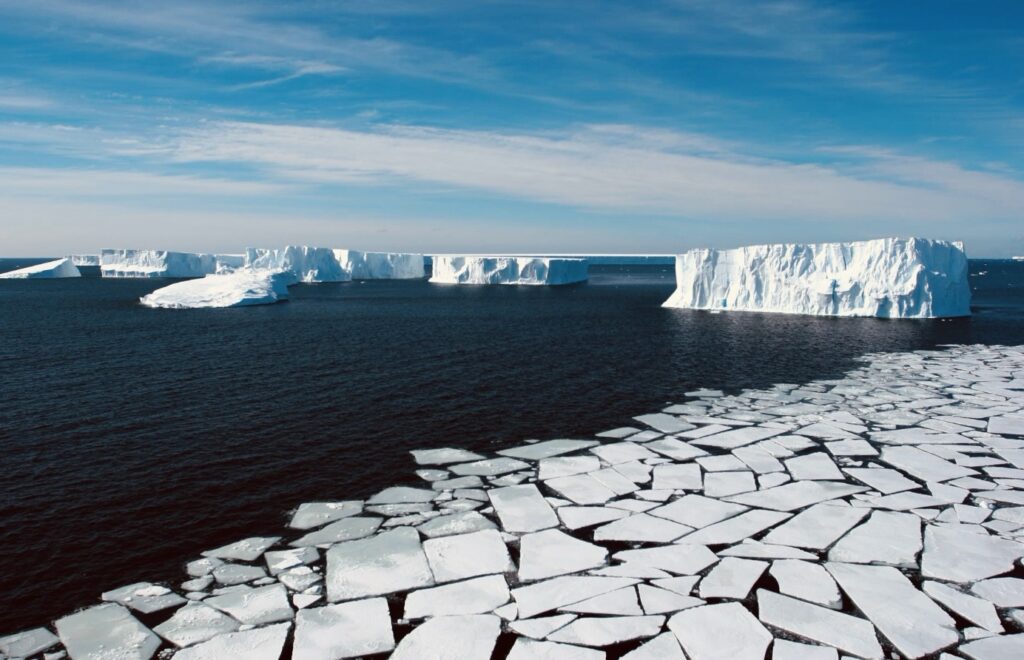The icy waters surrounding Antarctica have revealed a breathtaking secret. Scientists have discovered 332 submarine canyons, some plunging as deep as 4,000 metres, reshaping our understanding of the continent’s underwater landscape. These deep-sea formations not only hold geological mysteries but could also play a key role in marine ecosystems and climate research.

What Are Submarine Canyons?
Submarine canyons are steep-sided valleys cut into the seabed, often extending from the continental shelf to the deep ocean floor. These underwater rivers transport sediments, nutrients, and even marine life across vast distances.
The newly discovered Antarctic canyons are particularly remarkable for their immense size and depth, rivalling some of the world’s most famous canyons.
Why This Discovery Matters:
Climate Research: These canyons influence ocean currents and the movement of cold Antarctic water, which plays a critical role in global climate patterns. Marine Life Hotspots: Submarine canyons often serve as biodiversity hotspots, providing habitats for fish, krill, and other species that sustain larger predators like penguins and whales. Geological Insights: Studying these canyons helps scientists understand Antarctica’s geological history, including ice-sheet movements and erosion patterns over millions of years.
Record-Breaking Depths:
Some of the newly mapped canyons are as deep as 4,000 meters almost the height of Mount Everest submerged underwater. These extreme depths make them challenging to explore, but they are extremely important for understanding Earth’s deep-ocean systems.
